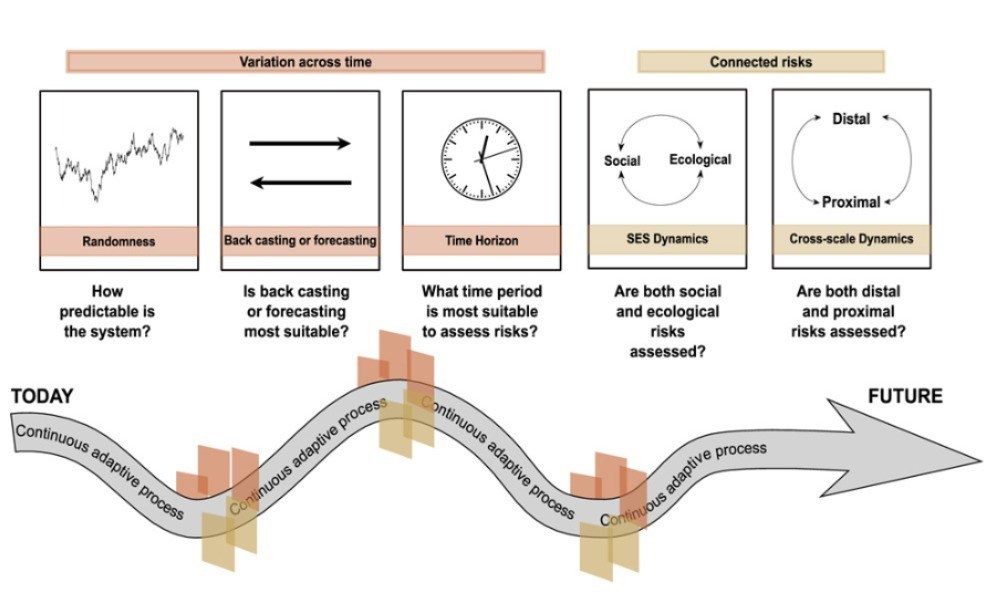News
•
26 jan 2022
Risk assessments for a complex future
With the new geological era, the Anthropocene, in which humans are the key driving force reshaping earth system processes, follows new type of risks. However, current risk definitions and risk assessments are ill-suited to deal with the complexity and intertwined nature of today's world, GEDB researchers claim in a new article in One Earth. The article reviews and synthesises a wide range of risk definitions and lists five challenges that needs to be overcome to make risk assessments apt to deal with the certain uncertainty of a complex future.
Lead author Emmy Wassénius was trying to find a good definition of risk to use in her research on how we address risks in sustainability, when she realised that sustainability researchers rarely discuss the different definitions of risk that exist and how they are used differently.
“I ended up reviewing a lot of different risk definitions and assessing them against what I know from my studies and research on resilience thinking. In our paper, co-author Beatrice Crona and I wanted to bring these issues to light, but also to give readers a short-cut to an overview of risk in a sustainability context“, says Emmy Wassénius, PhD student with GEDB and partner Stockholm Resilience Centre.
“The novelty and contribution of our approach lies in connecting the diverse fields of risk research with social-ecological thinking and showing that, to address sustainability challenges, we will need to draw on these multiple tools and an interdisciplinary understanding of risk”, the authors state.
Risk and resilience are conceptually and practically connected, but since existing risk assessment tools have been developed within specific disciplines for specific purposes and most were also created before insights regarding the complexity and intertwined nature of today's world emerged, they have not yet fully incorporated complexity ideas or been adjusted to tackle these.
Five challenges identified
The analysis highlights five different challenges that risk assessments currently face to capture the complexities of today and the future, shown in the figure below.

Risk assessments need to incorporate variation across time, by estimating the randomness of the system, assessing the usefulness and accuracy of back casting and forecasting tools, and looking at which time horizons fully capture sustainability risks. Assessments also need to account for connectivity among risks to capture the intertwined nature of social and ecological dynamics, as well as the interaction of risks across scales. Lastly, risk assessment needs to be a continuous adaptive process where new knowledge is included, and risk is re-assessed and mitigated.
“When studying sustainability issues we often argue that we need an interdisciplinary understanding of the problem. In this paper, we argue that this is true for risk as well and the paper is a first step towards an interdisciplinary understanding of risk,” concludes Emmy Wassénius.
